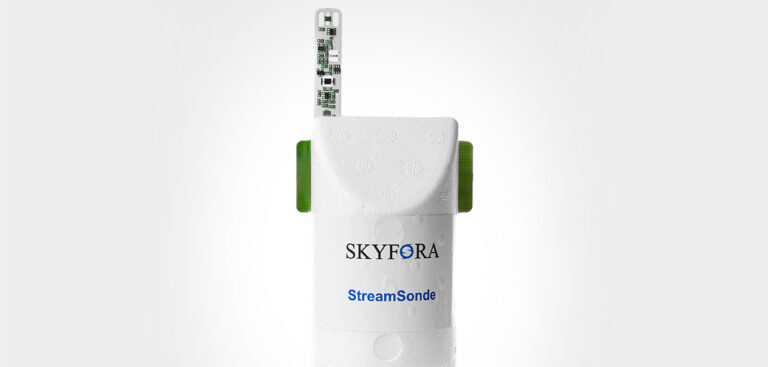NOAA will use Finnish weather intelligence company Skyfora’s StreamSonde DS instruments to study Hurricane Nigel.
The USA has a long tradition of studying hurricanes and other extreme weather conditions. NOAA’s hurricane hunters fly aircraft into the eye of a hurricane to collect weather data for hurricane research and forecasting. They drop data-gathering StreamSondes into the hurricane and receive measurement data including air pressure, temperatures, humidity and high-precision wind speed and turbulence.
StreamSonde DS instruments supplied by Skyfora differ from other products on the market. Thanks to their ultra-light structure, Skyfora’s sondes travel longer with the winds and therefore have up to four times longer measurement time in the heart of the storm, directly increasing the amount of collected data.
Joseph J Cione, lead meteorologist, emerging technologies, at NOAA Hurricane Research Division, commented, “Skyfora’s advanced instrument promises significant and improved hurricane data. We look forward to the results of this collaboration.”
Kim Kaisti, CTO of Skyfora and the designer of the world’s first GPS-based radiosonde and dropsonde weather instruments, said, “Deploying the new StreamSonde in a live storm underscores years of dedication and collaboration with NOAA Hurricane Research Division.” Kaisti is also joining the hurricane hunters this week in actual flights.
Prior to this deployment, Skyfora and NOAA have rigorously tested the StreamSonde DS, spotlighting its potential to greatly enhance hurricane forecasting and research. Among a global wave of academic and research interest, American elite institutions, including Embry Riddle Aeronautical University, Oklahoma State University, Saint Louis University and University of North Dakota, are leading the charge, diving deep into the groundbreaking capabilities of Skyfora’s StreamSonde.



